A bottle covered in dust at a garage sale is on the shelf. The bottle is intriguing since it is antique and because of its attractive color.
Then the questions come; what kind of bottle is it? How old is it? And how much is it worth? These are the questions antique bottle collectors ask.
The beauty of the bottles and the stories behind them are all factors that attract people to the practice of collecting antique bottles.
This article will dive deeper into identifying and valuing antique bottles. We shall also look at the history, types of antique bottles, and the most valuable antique bottles. So, keep reading.
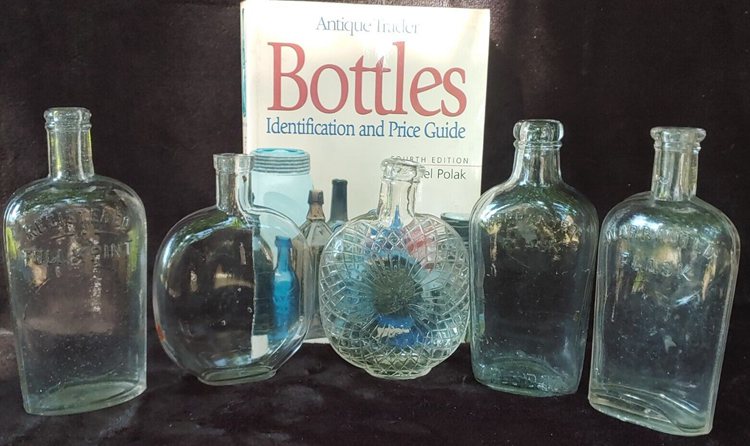
Table of Contents
Brief History of Glass Bottles
Due to their unique properties, bottles are the oldest and most commonly used material for preserving and storing their contents as glass containers, alongside ceramics.
Thus, it has been used as a container for wines, oils, perfumes, and medicines since the dawn of civilization.
However, it was not until the seventeenth century that its use became prevalent, partly because of the cork stopper, which provides it with one of its essential characteristics, tightness.
The industrial revolution laid the groundwork for modern bottles, which have seen more significant aesthetic changes. However, by the 1600s, traditional open pontil bottles entered the scene.
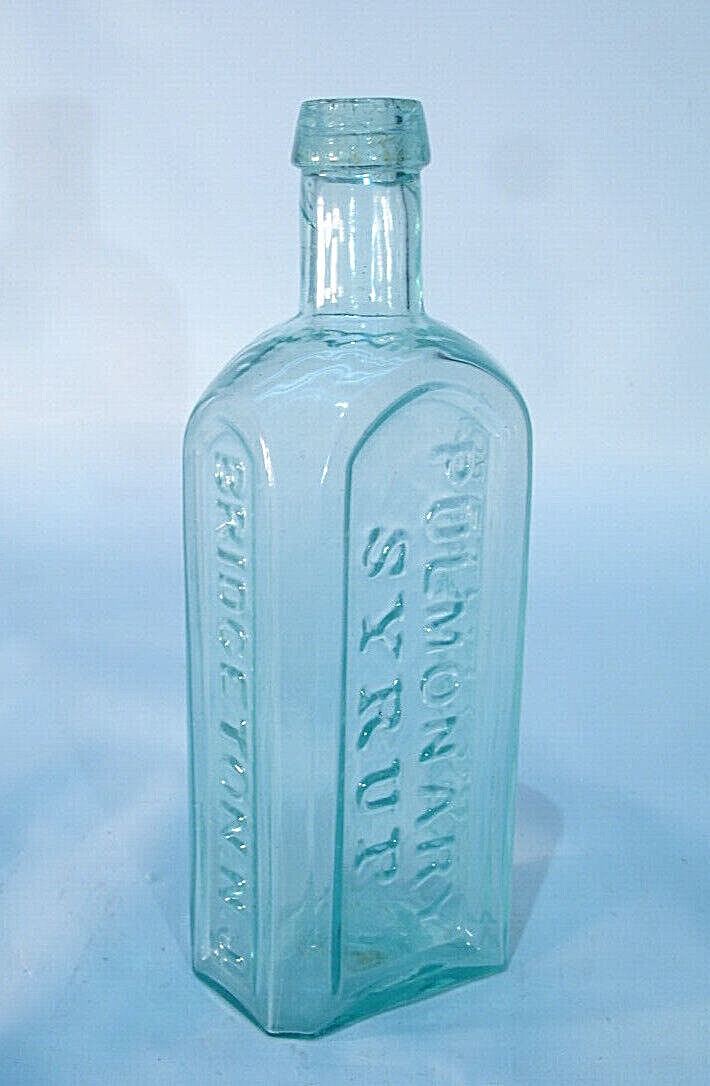
Between the 16th and 18th centuries, it could rule most of Europe. Iron pontil bottles were first used in the 1840s and remained in use until 1865, thanks to the development of the industry.
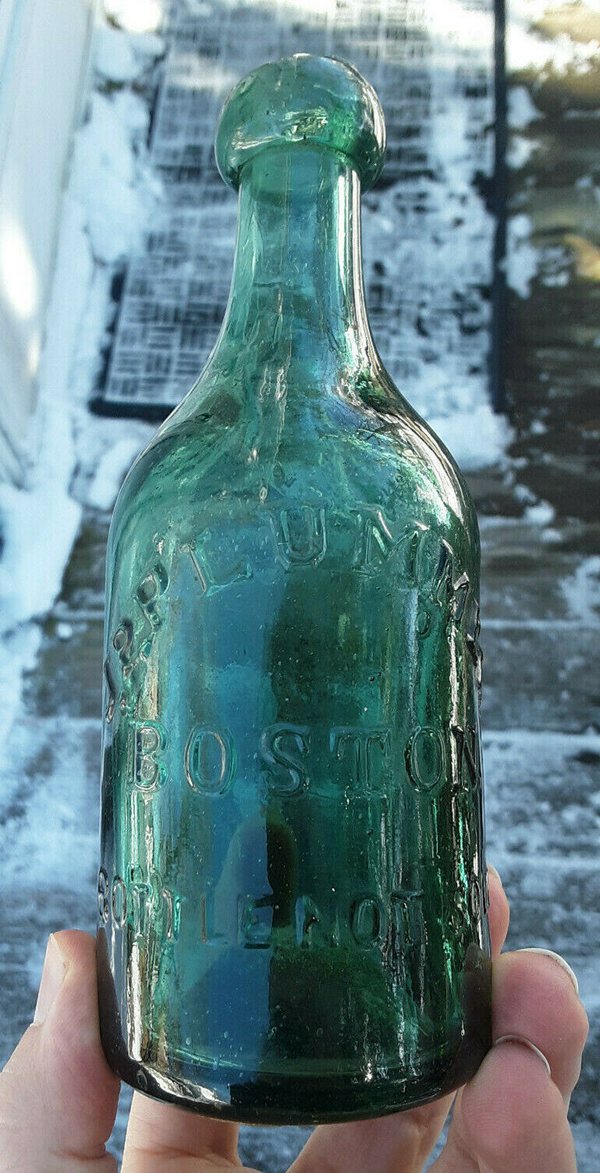
The Civil War’s end also affected smooth-based bottles, which helped World War I. However, the smooth-based was declared invalid after the automatic bottle machine’s commercial success in 1917.
Glass vessels were made by hand up to the twentieth century. Following much research, the first automated machine for the mass production of glass containers was developed in the early years of 1900.
Later in 1925, machines with four sections became popular, followed by five and finally six sections a few years later. Today, machines with 20 divisions can produce hundreds of bottles and jars daily.
Blown glass bottles and machine automation are two eras distinguished by antique glass bottles’ use. However, old bottles are now artifacts highly valued and constantly sought after as collectibles.
The Blown Glass Era
The ability of the glassblowers was crucial to the 1800s production of glass bottles. But, first, they had to spread the liquid glass in iron or wooden mold by blowing. The edge was ultimately finished shaping once the mixture cooled and set.
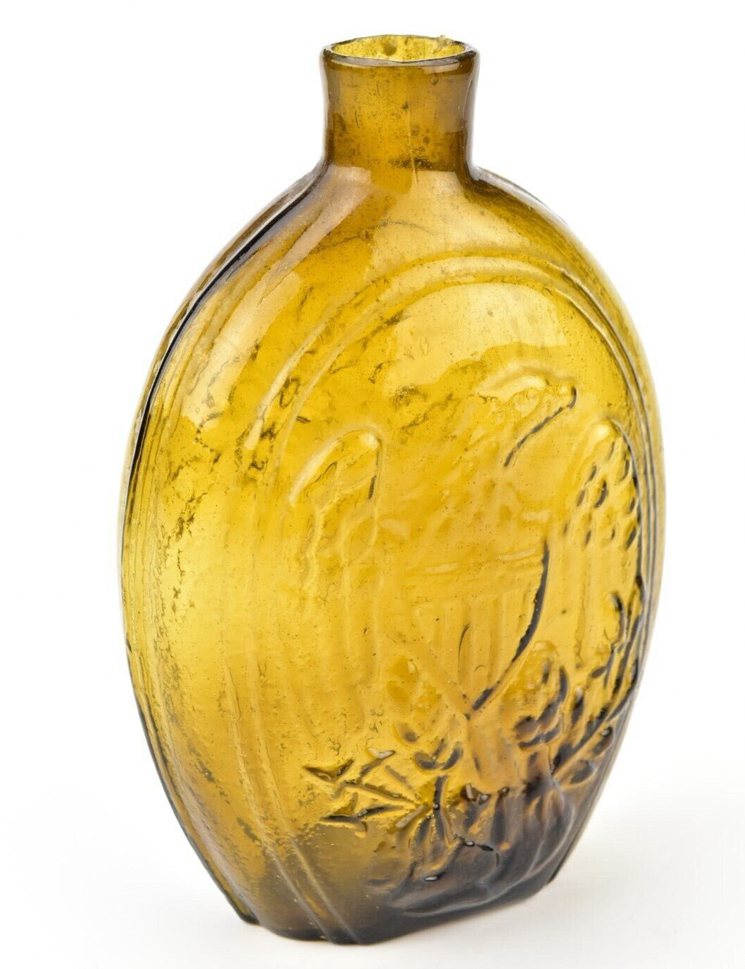
Free-blown techniques were probably certainly used to create the first American-made utilitarian bottles.
They created free-blown bottles without a confinement mold; instead, It is done using the glassblower’s expertise to manipulate the blowpipe, a variety of basic hand tools, and frequently a hollowed-out block and flat table known as a marver. They are also called hand blown.
The practice of mold-blowing quickly emerged as a byproduct of free-blowing, greatly expanding the variety of shapes and designs that glassworker could create.
An artisan made a mold out of a sturdy substance, typically baked clay, though occasionally wood or metal was used.
So that it could adequately open and the finished object within removed, the mold had to be at least two sections. Although the mold might be a straightforward square or round form without any decorations, many were finely made and embellished.
Typically, the motifs were carved into the mold in reverse to appear prominent on the bottle.
The intricate shapes and patterns can make blown glass vessels particularly appealing. But, as one might anticipate, an old bottle of this making is more desirable to bottle collectors than mass-produced machined bottles. As a result, their price is much higher on the market.
Machine Automation Era
The introduction of semi-automatic bottling equipment completely transformed bottle manufacturing in 1892.
The new making bottle technique was less complicated than the previous blowing method. Plus, the machine shaped the bottle edge at the same time as its body, so there was no need for manual finishing.
Machined bottles had a more uniform style but became a little attractive to antique collectors. As a result, bottles made this way have a significantly lower value on the current antique market.
How to Identify and Determine Antique Bottles Worth
The bottle collecting market has a tight line between antiques and vintage bottles or just old-looking bottles. You must know these differences first to know your antique bottle’s value.
Old glass bottles do not break down over time. Therefore, those dumped years ago with the other household trash in septic tanks or landfills are still there.
Furthermore, one can use several physical characteristics to confirm the identification of antique bottles. Random variance in the category includes numerous unique sizes, forms, and other specifications.
Some bottles are priceless because they are extremely rare, while others are worth little to nothing.
However, to make a specific identification, you must consider the following details if you want to collect bottles. So, to identify an antique bottle, you must first know the type of bottles you want to collect.
Antique Bottle Types
Since there are so many different types of bottles, those in the business of bottle collection are bound to find one that they wish to concentrate on. This category includes beer bottles, medicine bottles, coca-cola bottles, oil bottles, perfume bottles, or ink bottles.
Additionally, some unique bottles are challenging to categorize. However, you can look at the following list of some typical varieties of antique bottles.
Druggist/Medicine Bottle
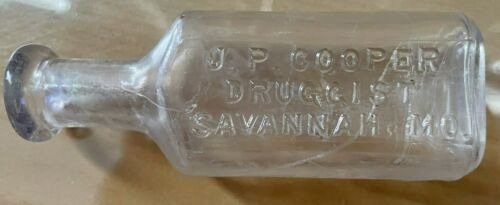
During the 9th to mid-20th centuries, the group of medical (or drug-related) bottles is likely the world’s most diverse category manufactured.
Several useful trends in forms identify a bottle as being highly likely to have been used primarily or initially as a container for a particular sort of medicinal medication, despite being scary in its significant variation.
Nowadays, very few traditional medicine bottle designs are still in use because most prescription drugs and medical supplies are “bottled” in plastic containers of all kinds with current closures.
An example of a company that produced antique druggist bottles is the drug company that carried the embossed marks “grandpappy owl.” And they have high value, especially the cobalt blue.
Barber Bottle
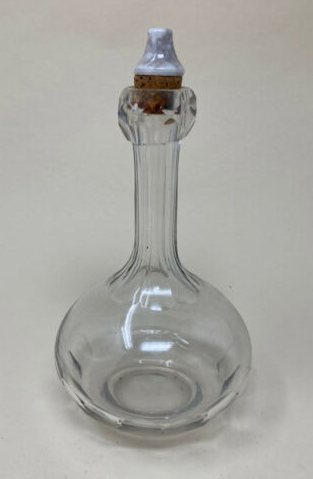
It became customary to give particular clients customized shaving mugs and hair tonic bottles towards the end of the 19th century when many men visited barbershops for both a haircut and a shave.
In most cases, each barber received a set of two tonic bottles and a coordinating bowl for regular clients. Because their utility was mostly in homes, some barber bottles would be better referred to as dresser bottles.
These bottles are very valuable among those in the bottle collecting business.
Canning and Fruit Jars
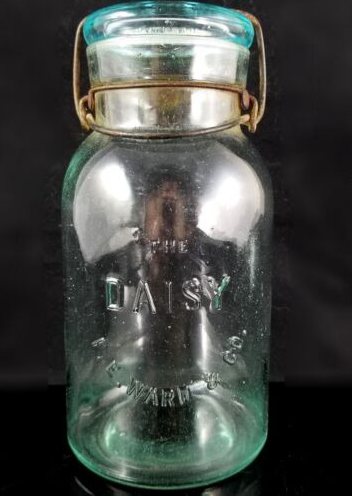
Lesser known, though, a significant way of getting into the home was that canning jars were also frequently purchased by the food packing trade and sold to consumers with various food products packed inside.
Bottles with a cylindrical shape are the most formidable, given that all other factors are equal, such as the same thickness and quality, which accounts for the vast majority of canning bottles. But, of course, there are some outliers, such as specific square jars and even ones that had many panels with many sides.
With just a minimal number of late 19th-century exceptional cases, square-bodied jars with rounded-off corners were almost exclusively a 20th-century design characteristic. But they generally have a rounded rim (lip).
Wine and Beverage Bottles
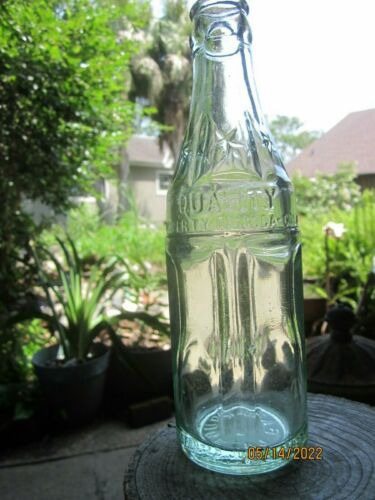
Wine and drinks that were basically carbonated or sparkling wine were typically bottled in a far smaller variety of bottle forms than the spirits/alcohol bottles.
First, almost all bottles of wine and other beverages are round; square, rectangular, or other body forms are uncommon, though they do exist to some extent with wine bottles.
For instance, Coca Cola, being carbonated, essentially has to be round and heavy (like all carbonated beverages). Therefore, round bottles are intrinsically more robust than alternative shapes (thickness and quality) when all other factors are equal.
Poison Bottles
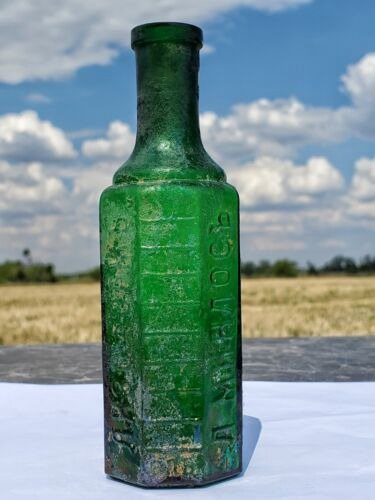
The only thing that unites this collection of bottles is that they were mostly made for goods that weren’t meant for internal human use but could be utilized to make medicines or pharmaceuticals.
Many substances that were known to be toxic to humans if consumed were possible for some of the more generic bottles, including denatured alcohol, ammonia, or any other substances,
Ink Bottles
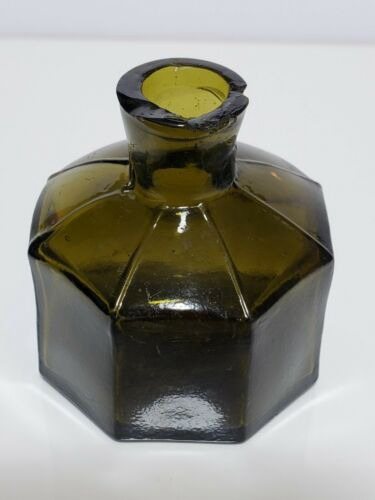
During the revolution in bottle making, there was a staggering variety of types, sizes, and colors for ink bottles. Ink bottles (small), large ink bottles (bigger containers), and inkwells are the three main categories into which ink bottles are traditionally separated.
Smaller utilitarian ink bottles are divided into various broad body groups under these smaller groups, including cylindrical, rectangular, multi-sided, and a vast category of other designs.
Antique Bottle Marks
Finding identification marks on old bottles can save you from conducting a time-consuming search for a collectible bottle. In addition, a unique mark on the bottle can determine the manufacturer of the bottle.
Your best bet for determining if old bottles are truly antique is the mark on the bottle. They can be pontil marks or mold lines, a single letter, or a string of numbers.
However, many unique and standard bottles might not have any recognizable markings. To learn more about the maker, look at the interior surface and any hidden exterior curves or joints.
Manufacturer mark: This marking can help you figure out how old your bottle is by giving you crucial data. Additionally, it can expose the function of the original bottle when the original label is not there.
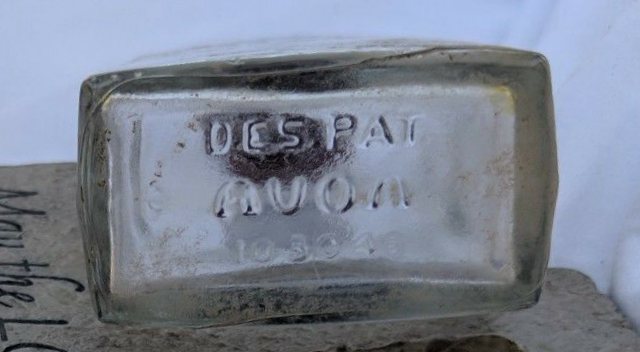
Embossed markings: Letters or producers’ markings situated on the bottom or either side are typical embossed marks. Along with machine traces, mold lines are also included in these markings.
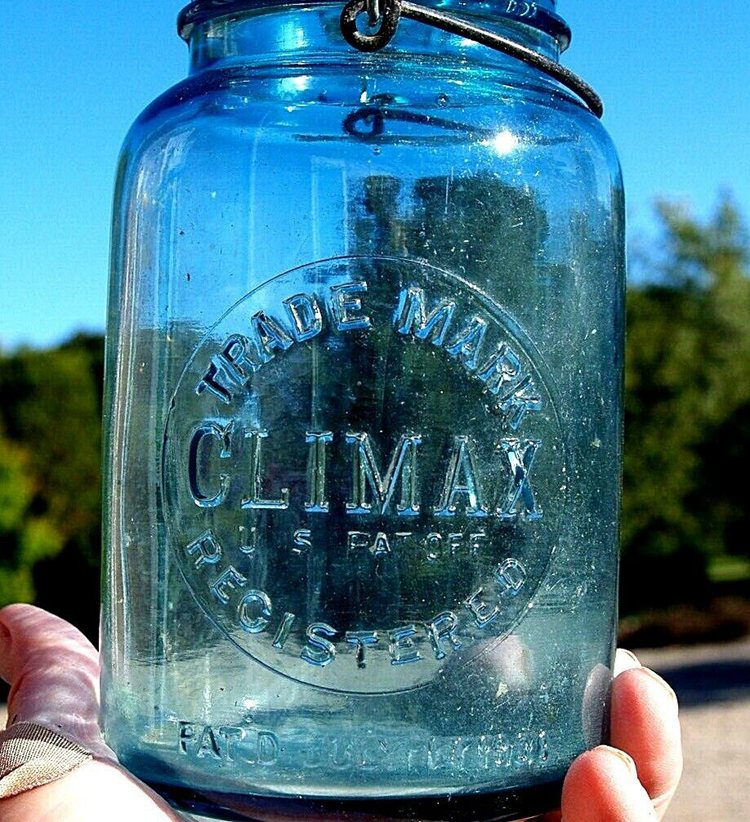
Bottle base mark: Bottles with letter-and-number markings on their bases are thought to originate from the late nineteenth century. These digits specify the bottle’s styles, mold, plant location, and manufacture date.
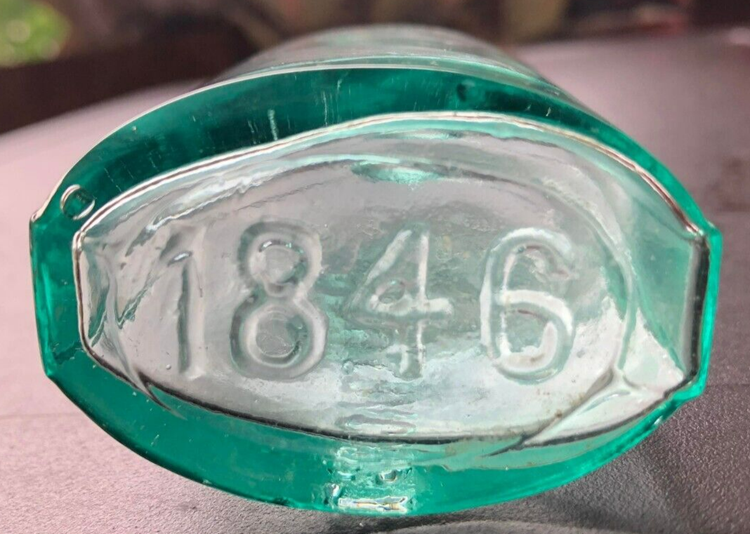
Mold seams: The manufacture of the bottles from the mold left behind difficult-to-see seams on the bottle, which generally surfaced after removing the bottle from the mold.
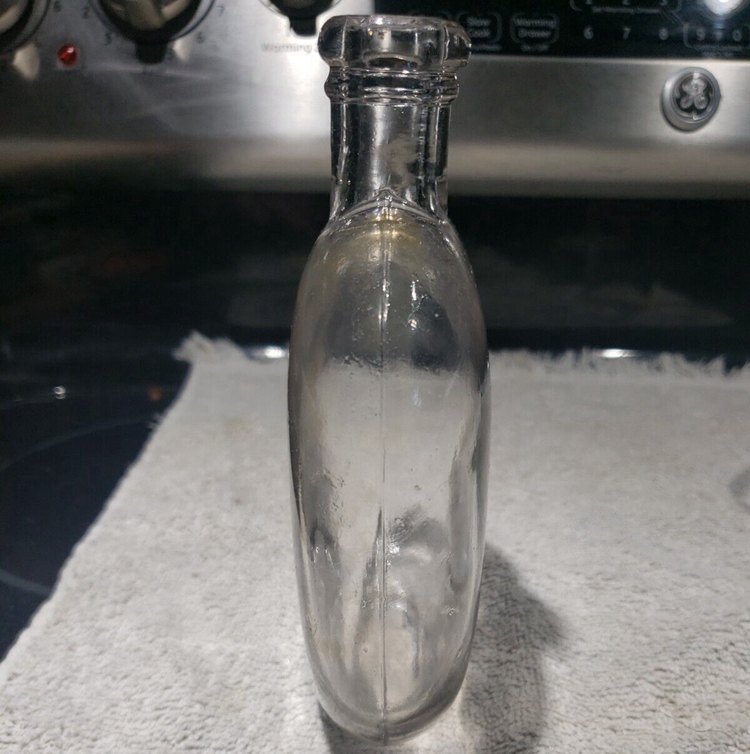
Rarity and Age
The rarity of an antique bottle, which is frequently correlated with age, is the main criterion determining its worth.
Even if they are broken, artifacts from Egyptian and China’s early history of bottles could have thousands of dollars in value.
On the other hand, if millions of antique cork-top medicine bottles remained, they might only be worth a dollar or two.
Old cork-top vanilla bottles, produced up to the 1960s, would serve as an example. Depending on the brand, these could sell for a few cents at flea markets or antique shops.
You won’t get wealthy by discovering a recent four-year-old Coca-cola bottle in the neighborhood creek. But if you decide to sell the 100-year-old Coca-cola bottle you found, you might make a few bucks.
While not all vintage bottles are expensive, the odds of an older bottle being worth more than a more recent one is higher.
One significant way to determine a bottle’s age is through pontil marks. A pontil mark is a scar of varying size and nature that a pontil rod leaves on the base of a bottle.
A solid iron bar was used as the pontil rod to create this sort of pontil scar. The base of the bottle was fused to one of the bar’s slightly expanded ends after being tipped with molten material.
Another way of determining the age of old bottles is through seams. Carefully inspecting the seam line will reveal whether a machine or a human produced a bottle. For example, an ABM bottle has a seam that extends over the lip and up the entire height of the bottle.
An extremely rare bottle will fetch more money because the rarer and the older the bottles, the more valuable they become.
Bottle Condition
It is a general rule for all collectibles to get a fair price for most items in mint condition.
Additionally, it offers an excellent idea for identification in reaction to particular moments. Finally, you can acquire old bottles worth money with a bottle from the early centuries with only minor damage.
As a result, a strong appeal will either make you wealthy or result in an exceptional purchase. However, the price will be set low without a doubt if there are any obvious damages. In any case, an antique bottle in good condition has a higher value.
The common problems with antique bottles are cracks, chips, stains, and heavy wear.
In general, some qualities that increase the value of an antique bottle are:
- Original cap
- Original box
- Original Labels
- Original Contents
Mint: This indicates that the bottle has not been harmed. No chips, cracks, scrapes, or other signs of wear of any kind; it must be clean and have a brilliant, distinctive color.
Any flaw, no matter how small, reduces the bottle’s value.
Near mint: Items at this grade could have a still attached label or very minor wear to the embossing. These imperfections, like a very faint smudge or a little rub mark from case wear, are essentially invisible.
In other words, a bottle almost exactly like mint doesn’t have many flaws.
Very good: At this level, a label can be worn or missing, or the embossing might show some signs of use.
Any scratches, or “fleabites” as they are known in the trade, would still be incredibly small, and any rubbing would be barely noticeable. Again, excellent bottle color is required, with no cloudiness.
Good: A bottle of this grade has general wear but is still very intact. Possibly minor chips or scrapes. Without close examination, wear is evident.
Poor: In this grade, there are visible chips, cracks, major rubs, or severe stains on the bottle. Because of that, your antique bottle may be worth little or nothing.
The Color of the Bottle
Perhaps because the glass hue is the first characteristic of an old bottle that collectors notice, they frequently declare that color is the most important.
Rare colors do increase the value of almost any sort of bottle. Generally, the following colors may be in the low to medium range: clear, primary green, black, and dark olive green.
Values frequently begin to increase as the colors get stranger. Teal blue, cobalt blue, emerald green, purple yellow, puce, yellow amber, deep blue-green, teal green, and sapphire blue are some more unusual hues.
This means that the value of some other bottle at auction could vary by a few thousand dollars depending on whether it is made of clear glass or a rare shade like teal blue.
When establishing value, it is essential to consider similar bottles of the same type and color. However, if they aren’t exactly consistent with the overall style, color, and condition, don’t let yourself fall into the trap.
Visit an Appraiser
You can find rare cork-top bottles from the 19th century and earlier sold in numerous antique stores across the country. The majority will provide you with a free appraisal, and a few will offer to sell the bottle on your behalf.
A certified appraiser will get your item to a high or appropriate value and has better prospects of good bottle collectors.
Most Valuable Antique Bottles
Here we look at some valuable antique bottles at a reasonable market price.
Allens Red Tame Bottle
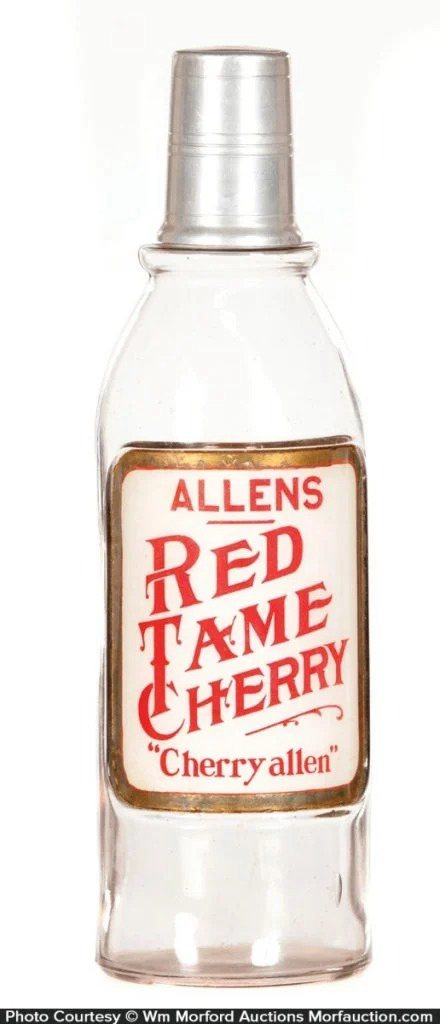
This priceless antique bottle dates back to the 1890s and has been used for more than 130 years. The exceptionally unusual bottle includes both its original label and cap.
The bottle was flawless at the time of sale, showing no signs of deterioration or breaks. The vintage Allens Red Tame Bottle went up for auction at WM Morford Antiques on June 6th, 2016.
Value: $4,600
Grandpappy Owl Deep Cobalt Blue Bottle
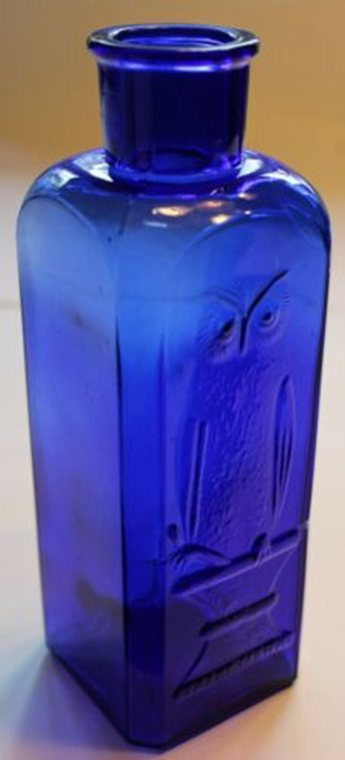
The first on our list is this giant druggist bottle from the 1900s.
You might have observed that the sea glass is primarily clear, or amber, with a little blue. Even if the other colors have already been wrung, the illustration still effectively uses color and value.
The most expensive antique bottles are purple, black, cobalt blue, and green colors. And the best illustration is this owl bottle. The Grandpappy Owl and TODCo, The Owl Drug Company logo, is stamped on it.
Value: $4,999.9
Antique Chinese White Hetian Jade Snuff Bottle
The value of foreign bottles can be astounding. Additionally, business people and bottle collectors may easily access foreign goods like this Chinese treasure thanks to online sales and convenient international delivery.
This bottle from the 1700s has great aesthetic appeal thanks to its distinctive shape and milky white tint.
On the front is a text in Chinese calligraphy, while on the back are bamboo reeds. These letters are all decorated with gold flecks.
Value: $1,800
Mobiloil “A” Oil Bottles Rack
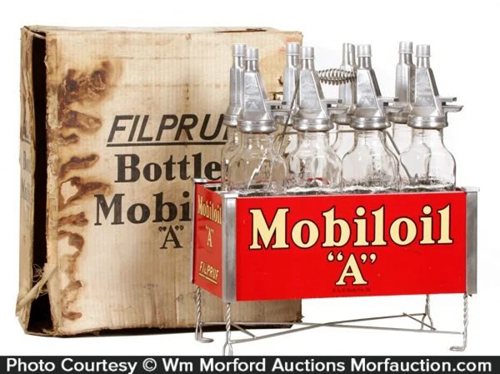
This fantastic bottle rack, created for Mobiloil “A” Motor Oil, dates back to 1911. The eight original Gargoyle bottles and the original shipment box are still present on the vintage service station display rack.
The original tin panel signs are displayed on the heavy-gauge wire rack. The antique bottles in the rack, which are in good shape and still have their original caps, have never been used, as per the seller.
Value: $7,130
Where to Buy or Sell Antique Bottles
You can find a few online bidders if you decide to put a bottle up for auction, but you should exercise caution and get to know your purchasers before engaging in any transactions.
You might choose to put your specimen up for auction with a minimum reserve price and see how far it goes if you discover that its value may be greater than just a few bucks.
The following are possible good marketplaces for your old bottles:
Final Thoughts
Old bottle collecting is a fantastic hobby. Understanding how to assess them is crucial, as is appreciating their beauty.
If you decide to sell your treasure, having a realistic sense of the bottle’s worth will help you negotiate a reasonable price.
Due to supply and demand and the fact that vintage bottles are no longer in use, their value will keep increasing.
Therefore, the more antiques you purchase and keep, the more money you will make. If you happen to have an antique bottle you’d like to sell, speak with a local antique dealer to find out what a reasonable asking price might be.
However, most collectors believe that an antique bottle’s valuable qualities include its history and actual value.

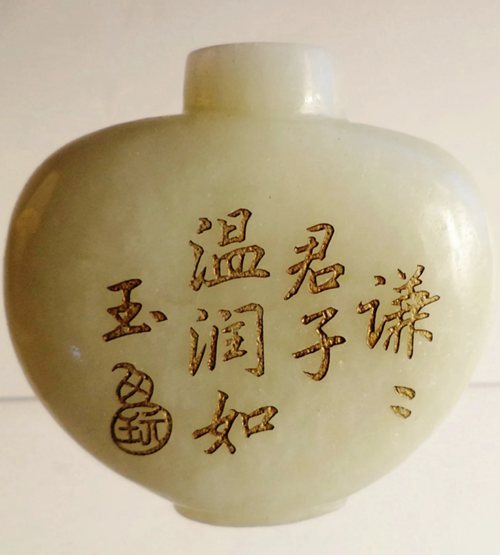




![Where To Sell Antique Furniture In 2022 [Ultimate Guide]](https://www.jacquelinestallone.com/wp-content/uploads/2022/09/Etsy-Your-Place-To-Buy-And-Sell-All-Things-Handmade-600x450.jpg)


